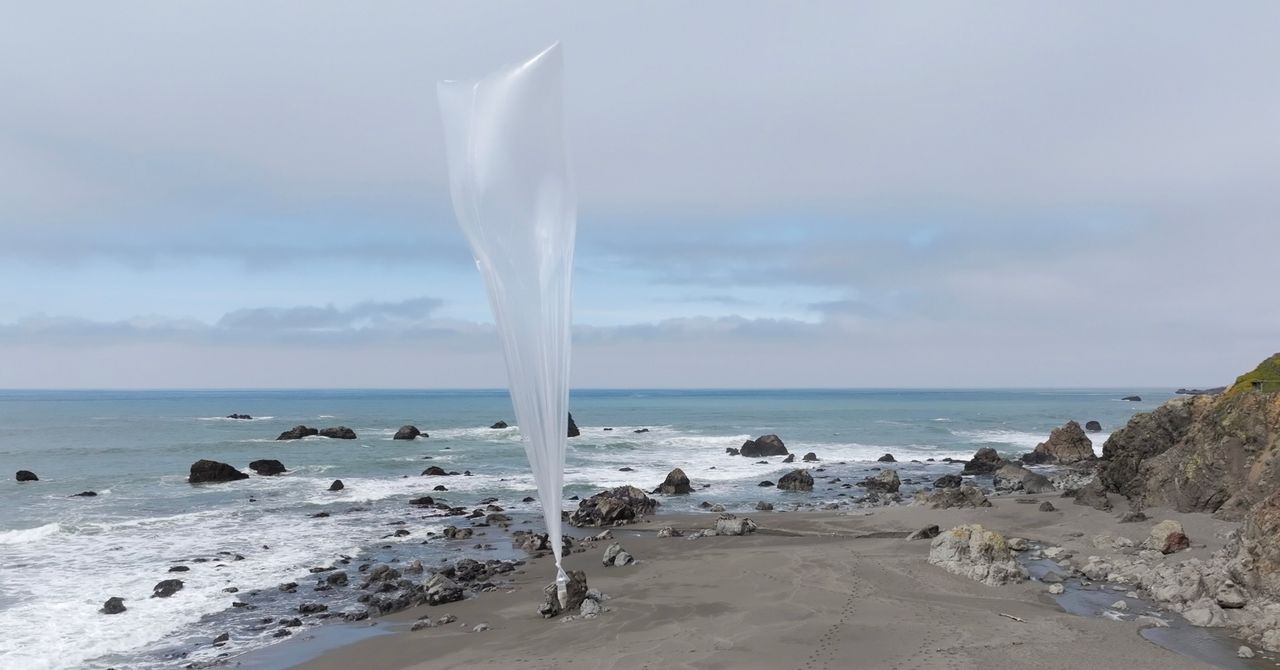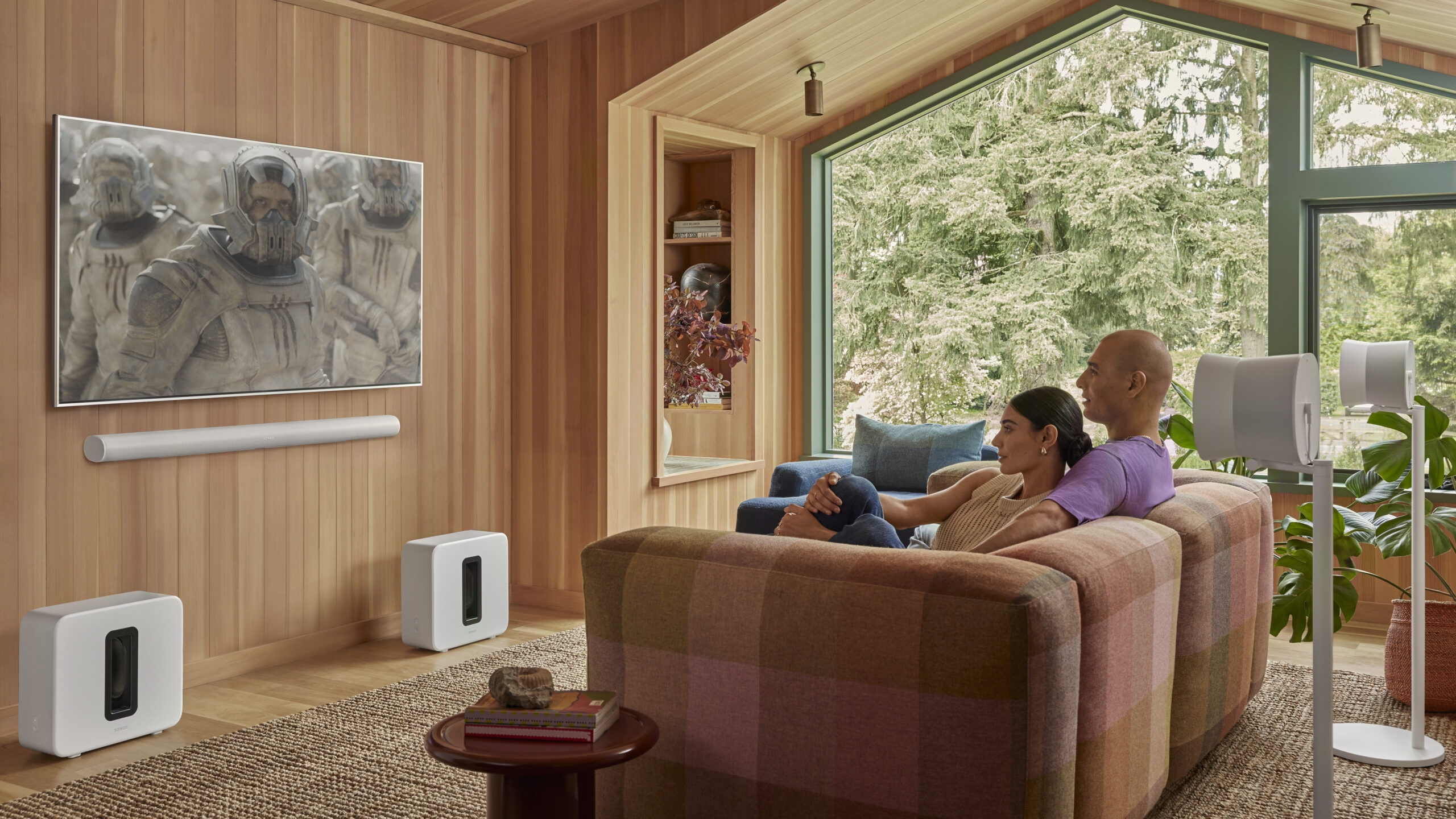Private Companies Join Forces to Collect Weather Data for NOAA

Staff shortages at the National Weather Service (NWS) led to suspension of weather balloon launches at its Kotzebue, Alaska, station earlier this year. A startup named WindBorne Systems, known for next-generation weather balloons, stepped in to bridge the data gap, selling crucial atmospheric data to the NWS.
Weather balloons play an essential role in collecting real-time atmospheric data such as temperature, humidity, wind speed, and pressure, all of which help meteorologists forecast weather and understand climate changes. Deep staffing cuts initiated by the Trump administration’s Department of Government Efficiency saw several offices scaling back or suspending weather balloon launches.
As private companies fill the void left by these cuts, WindBorne Systems, backed by Khosla Ventures, is opening five new balloon launch sites in the US to expand its cooperation with the National Oceanic and Atmospheric Administration (NOAA).
“We’re flying more balloons every day and collecting more observations to help improve forecasts in light of some systems going down,” said John Dean, CEO of WindBorne.
Other innovative startups like Sofar Ocean, Tomorrow.io, Black Swift Technologies, and Saildrone are integrating advanced technologies and AI forecasting models to supply NOAA with critical atmospheric and ocean data.
The shift towards relying on private data services, termed "data as a service," means agencies like NOAA buy data instead of hardware. Nevertheless, former NOAA officials express concerns about a potential over-reliance on the private sector, fearing the abandonment of core federal systems.
Rick Spinrad, a former NOAA leader, warns of possible dependencies on proprietary technologies. He raises concerns about program management efficacy amidst increased dependency on commercial data and diminished staffing.
WindBorne is being noticed for its innovations. Its AI-guided balloons stay aloft longer, collecting vast amounts of atmospheric data across various altitudes, helping provide more adaptive monitoring systems.
However, reliance on innovative solutions like WindBorne's queers concerns over data continuity. Traditional radiosondes provide consistent vertical profiles crucial for understanding climate change, a consistency difficult to maintain with non-fixed-path data collection like that of WindBorne’s balloons.
NOAA's potential plans to replace radiosondes are in "early stages,” with a new system incorporating commercially operated balloons and drones, complementing their existing balloon network.
The partnership with private data providers, while promising, is fraught with challenges, particularly regarding dependence and cost implications should core NOAA systems be replaced.
Such collaboration between public and private sectors demands a careful balance. As Dean from WindBorne highlights, "You’re better off augmenting than replacing traditional weather balloons, but we want to fill gaps wherever they form.”



